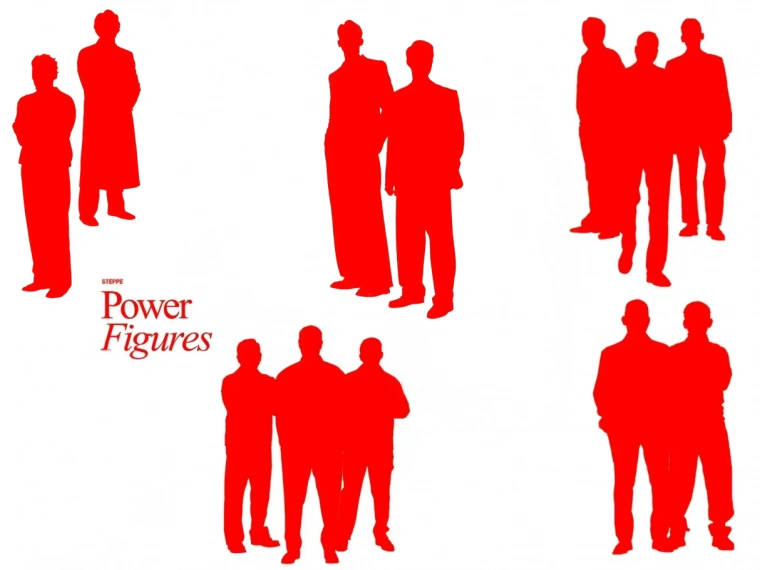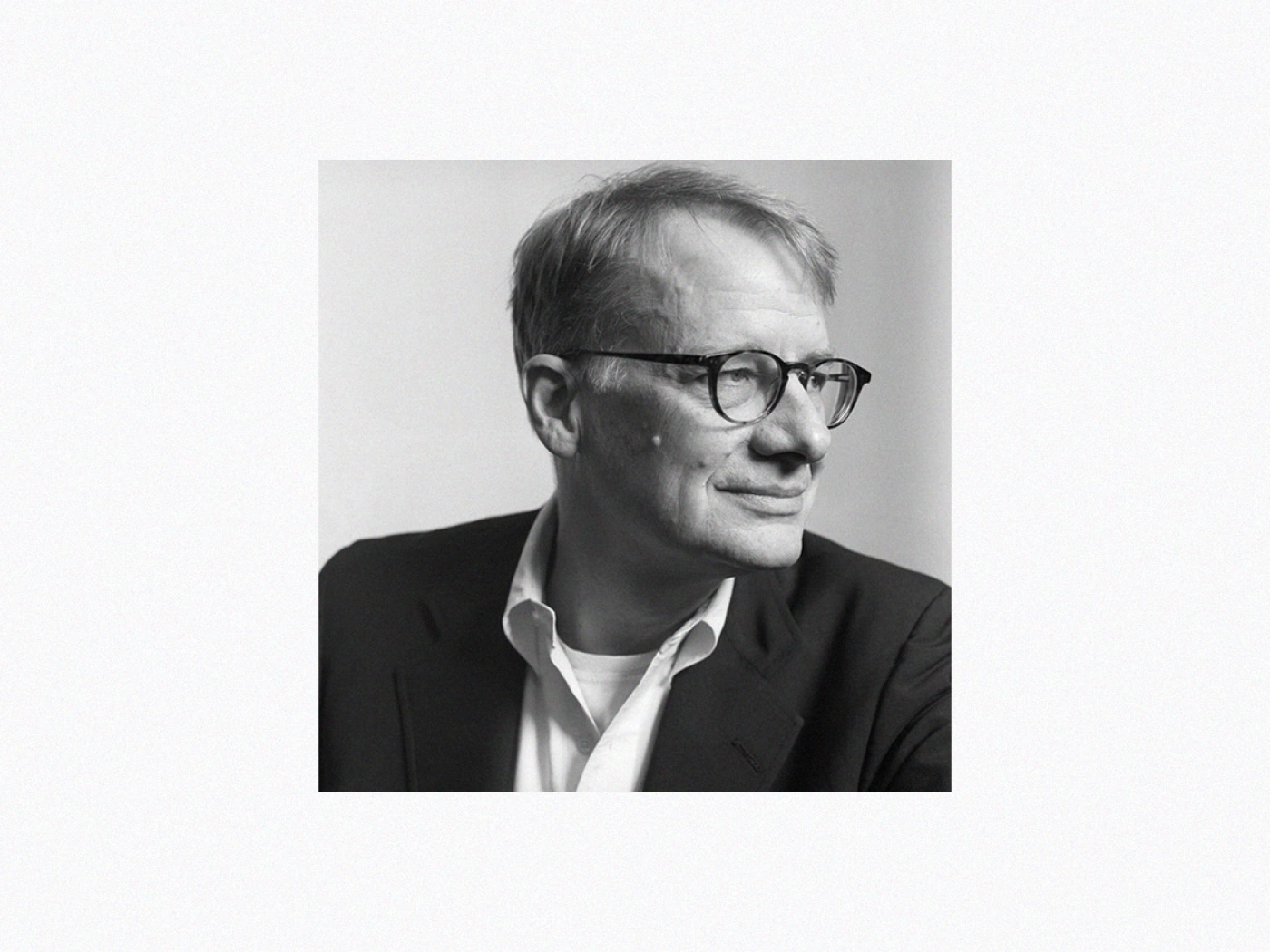
From a sailor to the Breakthrough Prize winner: Interview with Doctor Lyman Page
Doctor Lyman Page is an expert in observational cosmology and a distinguished professor at Princeton University. In 2018, Dr. Page won the Breakthrough Prize for being a part of the WMAP team, that made precise observations of the cosmic background radiation.
— Tell us about your background, you’ve got quite an unconventional path to becoming a doctor, right?
I was a physics major in college, there are small and big universities in the US, and I was in a small liberal arts university. I did apply to some graduate schools in my senior year, but there were some personal things going on and my exam results weren’t quite good so there weren’t any good matches for me.
And here is the interesting part. I was walking around the campus when I saw this application for a research program to go to the Antarctic. I applied, I got in, and I became a research technician at McMurdo station in Antarctica. I worked there for 15 months.
— And then?
When I returned, I spoke to the senior person on the research, Martin Pomerantz. He asked if I’m ready to go for my graduate degree. I answered: “No, not yet. There is a lot of other things that I want to do.”
And I did. I took the money I saved and bought a sail boat and started sailing. I sailed somewhere, got some job like carpentry, bottom painting or any kind of boat service, sailed somewhere else, got a job and so on. I did that for 2.5 years. And then once my boat broke in the middle of the ocean and I was like: “All right, now it’s the time to go to the grad school”.
I sailed all the way up from the Caribbean through Jamaica, Florida, and whole East Coast to Boston, Massachusetts. I went off the boat and started knocking at doors.
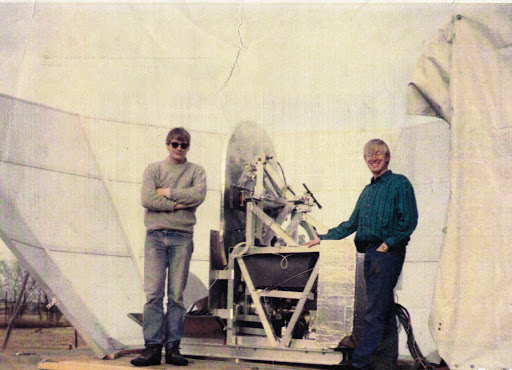
Princeton University Website
— So, you went to MIT?
Yes, one of the places I came to was MIT. There was a really nice guy there, he introduced me to people and to his secretary who agreed to type up my resume. But I was so embarrassed about not having it, that I got my own typewriter and made my own resume. Then I started going to labs to see if anyone could hire me. And this is so funny – every person I met asked me the same question: “Why did you stop sailing, and decided to do physics all of a sudden?” But I loved it the whole time, this is my passion indeed.
— You were only allowed to attend the labs?
Yes, Rai Weiss gave me a place in his lab. I was working as a carpenter in Boston on weekdays, and on evenings and weekends I worked in his lab.
— That’s quite a film plot!
Well yes, maybe. But I didn’t appreciate any of these, I was pretty naïve. It’s just that the thing that I did in Weiss’s lab – they were good. And most importantly, Weiss thought it was good. I was fixing all kinds of equipment, I was building new equipment out of the broken one for one solemn reason – I knew how to do that. So, I retook my casts, entrance exams, and I did well enough on them for a place like MIT.
— Let’s discuss your current projects now.
At the moment we are working on measuring the radiation left from the Big Bang, known as the cosmic microwave background radiation. The radiation is coming from the Big Bang, so it has to travel all the way from the observable edge of the universe to us. Knowing that the universe is sphere-shaped, we estimated that it took around 13.8 billion years for light to cover this distance.
However, when trying to get a clearer view of it, we ran into a big problem – the Sun. We cannot see past it. The sun is 6000 degrees, and the radiation we are looking at is 3 degrees. Imagine looking at the stars during the day – you know they are out there, but you can’t see them. And the problem is light – you better wait until the night when there is no Sun. So, we cannot catch them with ordinary telescopes, but we can do it using special satellites. And after processing this information with these satellites, we constructed this beautiful map.
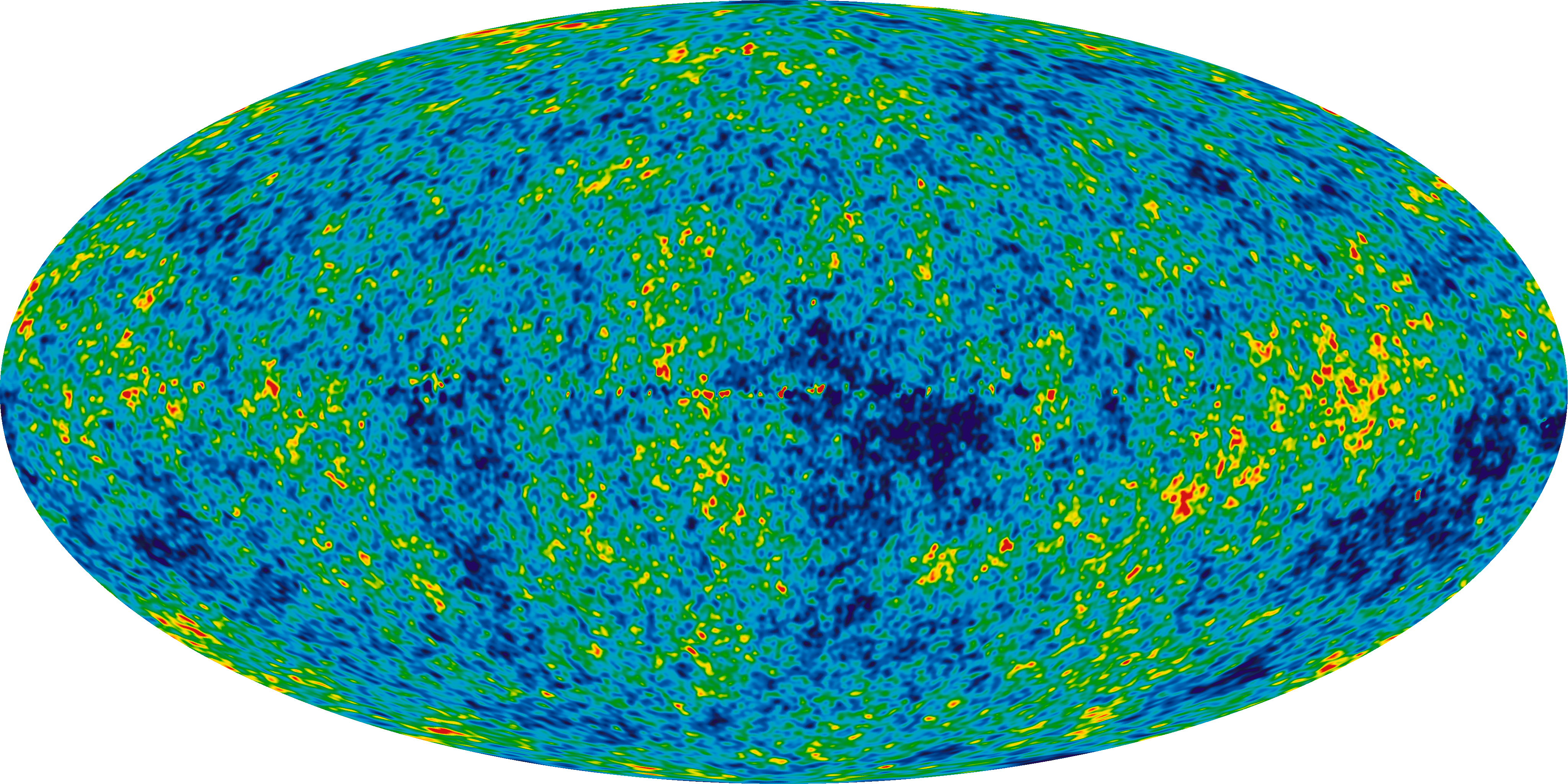
— And these satellites are called WMAP?
Yes. Since we are not only interested in the temperature (which is still important), but in the small variations of temperature in particular, we had to design a specific satellite that would constantly process the information from the Sun’s orbit. It’s a little bit hotter one place, it’s a little bit colder the other, by a few parts in hundreds of thousands. And this information cannot be gathered from the surface of the Earth.
— What is the significance of this project?
It tells us about the gravitational landscape of the early universe. We know the contents of the universe back then – there’s just the protons and electrons swirling around each other becoming hydrogen; and there is a dark matter, we don’t know what that is. Those are the dominant constituents. And these constituents are falling into the gravity whales and they would go on to form the early galaxies and stars.
Basically, the gravitational whales we are talking about contain the parameters of the early universe. Even the processes that lead to that picture are encoded in there.
— To conclude, speaking from a perspective of a person who is not an astrophysicist, the universe has its own story and we know that it’s expanding. The WMAP satellite allows us to look back into the history of the universe and see the patterns of its development. Essentially, we can see the baby universe, since we are now able to gather data from the very edges of the universe.
Yes, that’s it.
— All right. But what can we do with this knowledge? What does it give to the scientific community?
It allows us to calculate the age of the universe. And that’s pretty cool. We can also tell that the universe used to be geometrically flat. If you set up laser beams between us, any distant galaxy, another distant galaxy, back to us and set up a triangle in the sky, the angles would sum up into 180 degrees. If the universe was curved, they would not.
Let me provide you a pictorial way to look at this. If you look at a certain landscape you can see a bunch of foothills. Or you can look somewhere else and see huge mountain ranges. Or a beach. That tells you that there is certainly something fundamentally different between these areas. And from that you can deduce more information about the area: if there are mountains, you know there is going to be lots of ice and precipitous cliffs, and if there is a beach the climate there is probably hot. And we are doing the same thing, but on the scale of the universe.
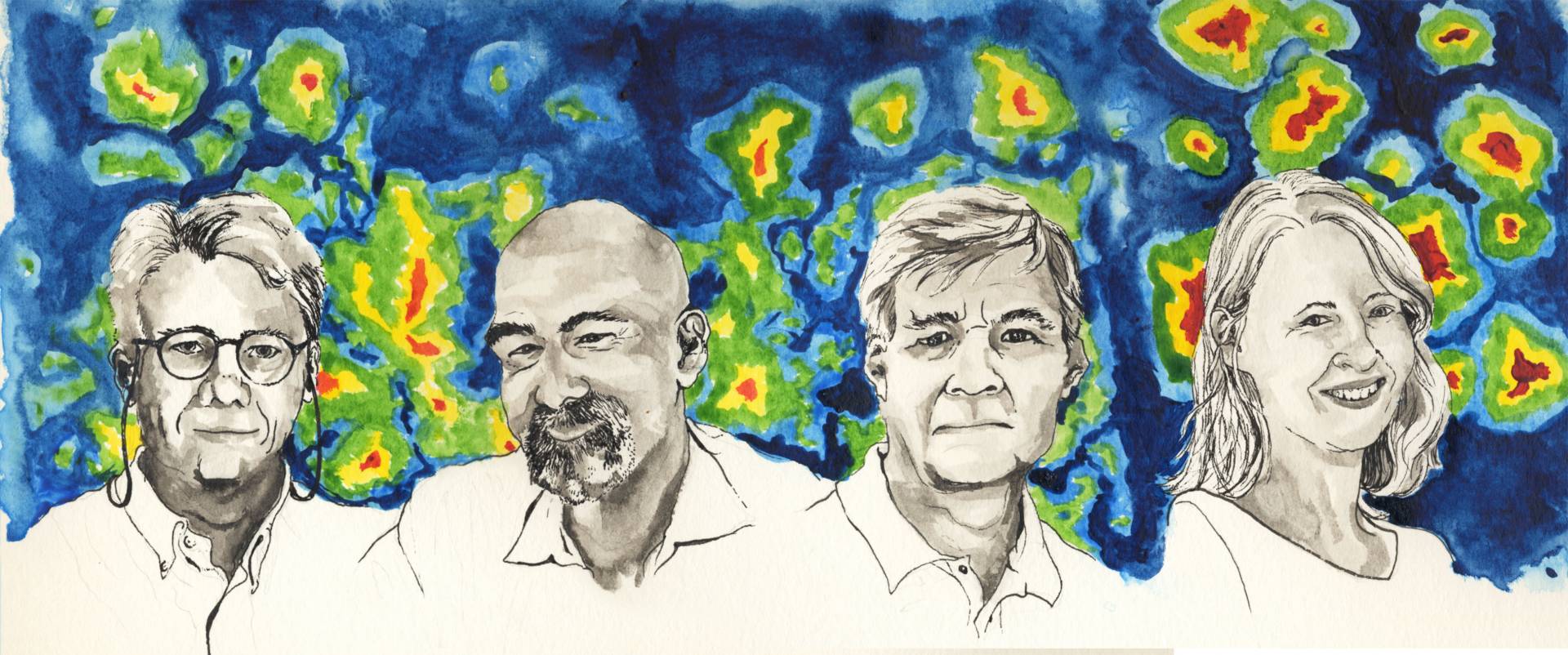
Princeton University Website
— It is quite interesting to people to know how scientists organize their work. Can you tell us a bit about that and how did you come up with an idea for WMAP?
It was basically like: “All right I have an idea to do it, let’s go for it.” We also all knew that if we can get a space mission and get a satellite out there, we can map the whole sky with high precision.
— Can you walk us through the process in more details, was it like the startup – you came up with an idea, build a model and then pitched this idea to NASA?
Well, yes. You more or less got it. But, of course, that’s a little more formal than that. At first, we designed an experiment. We were familiar with the tech we had to use, we were able to figure out the optics. We also knew the special place we want to send the satellite to, the Earth-Sun Lagrange point, and that is 5 times further from the usual satellites, because usually satellites orbit the Earth. We just knew what we were doing. Then the NASA representatives were impressed with our proposal and they agreed to fund us.
— How did the project go in terms of the logistics — did you send it for several years and then it returns with some gathered data?
No, it stays there. It took one month for it to get to the orbit of the Sun and it sends out information every day for nine years. We receive the data, insert it, and build a map day after day.
Okay, now let’s talk about one of the highlights of your scientific career – the breakthrough prize. How did you feel about it?
Completely out of the blew! I was not expecting that at all. As you may know most of the prizes go to eminent theorists, and we had only one theorist in our team – David Spergel. And the most of us are closer to just thinking about how do you do these measurements and how to analyze the data from the measurements.
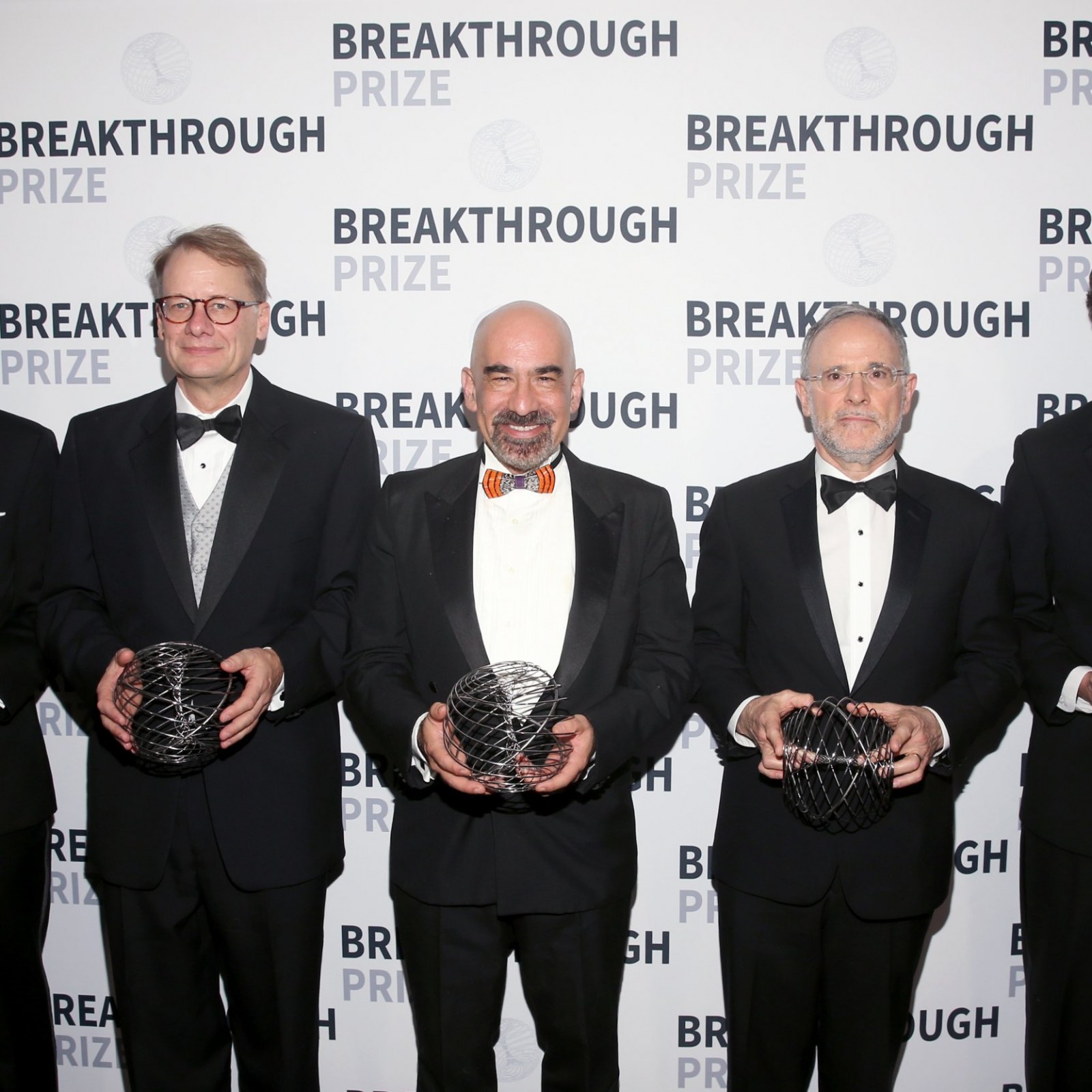
Jesse Grant
— What’s cooler — the Breakthrough prize or the Nobel?
Oh, I wouldn’t rank them, both of them are incredible honors. The big message of both is about being fortunate enough to do the right thing at the right time. When I got off my boat, I was lucky to walk into that one lab. If there was something else, who knows where I’d be?
But the most important thing about these prizes is to remind yourself and others about the tones of great science that goes unrewarded for many years. This is the scientific curiosity that drives us, we want to figure out how it works out there, and the prize is never the goal.
To give you a better idea about us, at the moment when we started this whole thing, we had no signal. These little landscapes? No one has ever seen them. Nature could have been such, that it was mostly wiped out. It didn’t have to turn out like this. And we would have been no different.
— Using an opportunity to speak with an astrophysicist of your caliber, let me ask, how did the universe come to existence?
I would say that we have a very good picture of how it evolved from very early on until now. We know that we don’t have some of the pieces right, and we know that we do not understand some of the elements that we see.
But the question of the very beginning, how it all started, is still an open question. At the moment, the most popular model, and the best studied model, is the inflationary model (the Big Bang). It suggests that it all has started with some very early event that gave rise to this incredible expansion of space-time.
However, there are some other models slowly being developed, where there is a phase before that. So, in fact, the Big Bang wasn’t the start. We definitely need more measurements. But even then, we cannot be sure.
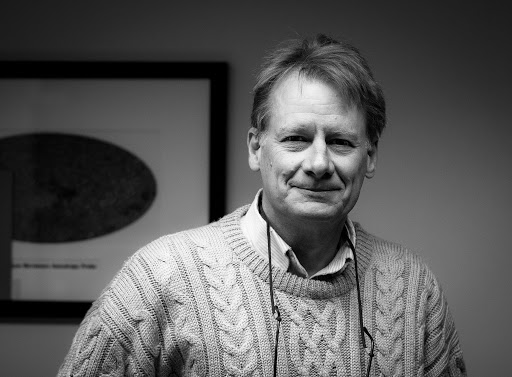
Princeton University Website
— So, given that we have a more or less clear view on the universe, what is there left to study in astrophysics? What are the key research directions in the nearest future in particular?
If the Big Bang actually happened, there should be gravitational waves roughly the size of the universe. And we also should be able to see them in the cosmic microwave background. And we are searching for them. If they are there, then it would be an extremely significant check mark to the Big Bang theory. That’s one the most popular frontiers in modern astrophysics.
Also, referring back to the edges of the universe, we are also studying how the contents of the universe that may have affected the light coming from very edge of the universe. So, knowing that the light interferes with the stars, meteorites, black holes, and other contents of the universe, we can deduce that it has underwent some changes. And basing on the information about these changes, we can also identify the contents of the universe that we have never encountered before and figure if there is something else.
